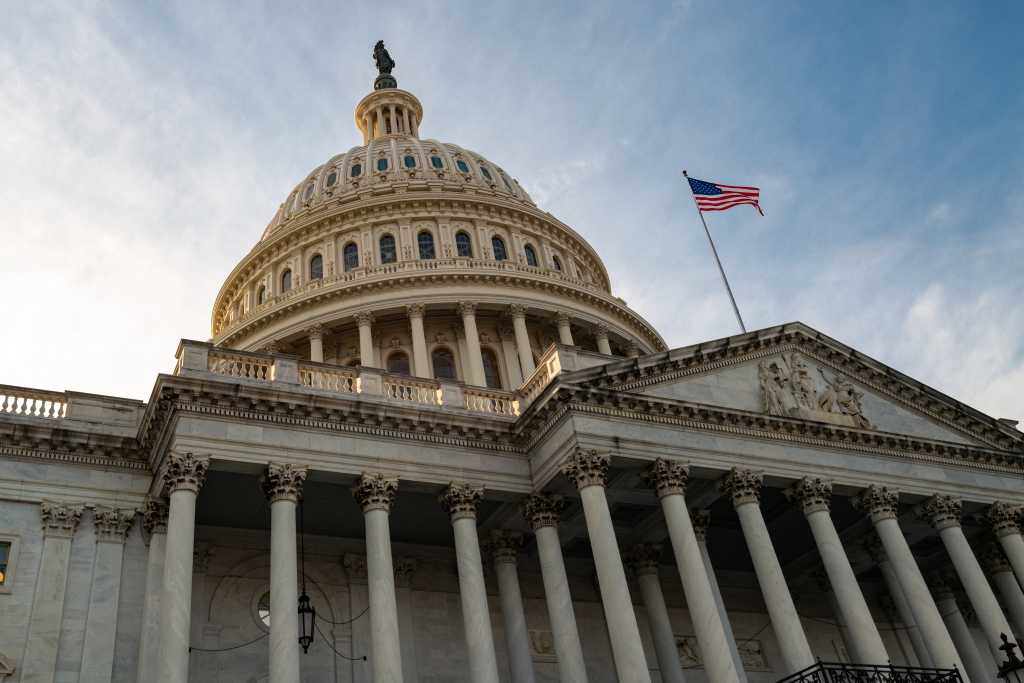
“The problem isn’t with the sharing, it’s with the inevitable bloat that comes when federal agencies expand their footprint under the banner of cybersecurity coordination,” Kirkwood added. “This is the moment to rethink what version 2.0 should look like. We need a leaner, more focused model that preserves the flow of intelligence but resists the gravitational pull of centralized bureaucracy.”
What the lapse meant for enterprises
The expiration of CISA 2015 eliminated legal protections for sharing threat information, disrupting the real-time intelligence exchanges that had become routine over the past decade. Without its statutory shields, organizations faced potential liability for monitoring networks, sharing defensive measures, and coordinating responses with peers and federal agencies.
The law had explicitly authorized private entities to take defensive measures against cyberattacks, monitor their own and customers’ networks with consent, and exchange indicators to strengthen detection and response. It also protected shared data from public disclosure under FOIA and shielded participating companies from antitrust claims tied to joint defense activities.


